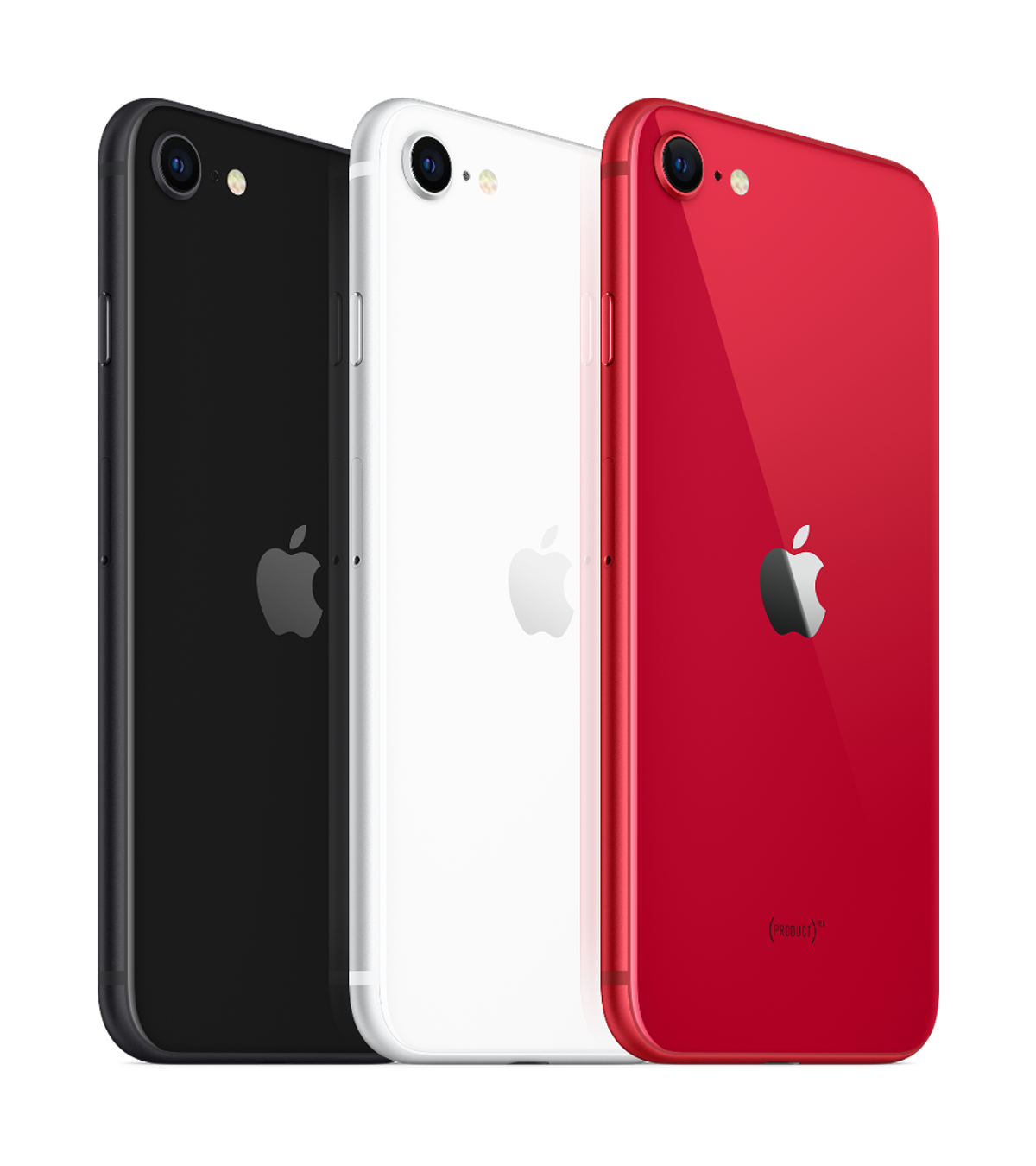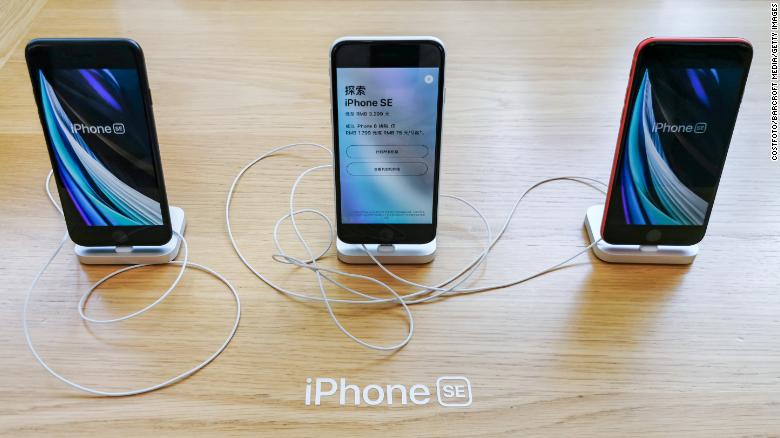
In a normal year, the process of reviewing a new iPhone might start with a flashy press event followed some days later by a carefully-staged unboxing while a professional camera rolls on a perfectly composed reviewer.
But this time, it started with a virtual presentation and ended with me stepping out my front door with gloves, Clorox wipes and hair that hadn't been brushed since who knows when to anxiously disinfect a package from Apple. All the glamor of a typical iPhone launch was gone.
And yet, once opened, the device itself -- the new, lower-cost iPhone SE -- felt like a throwback to a simpler time when consumers stood in long lines on the street for a new gadget rather than toilet paper.
The SE device, which began shipping to customers on Friday and comes in white, black and red, takes us back to 2017, when Apple (AAPL) launched the iPhone 8. On the surface you could easily mistake the SE for that three-year-old model with its design, home button and bezel frame.

Under the hood, Apple has stuffed the computing smarts of its flagship 6.1-inch iPhone 11 into the SE's 4.7-inch body, making it arguably the most powerful budget device on the market. But it's something else -- something harder to quantify with the specs you find on a typical product page -- that makes this device feel like it was made for exactly the moment we now find ourselves in, intentionally or not.
Starting at $399, it's by far the most affordable new iPhone at a time when many households may struggle to justify the four-figure price tags of Apple's flagship smartphones. More than 26 million people are out of work in the US alone and many others may worry about joining those ranks.
With its smaller screen and the return of features like a Touch ID button, it's immediately familiar when practically everything else in our lives is very much not. And even some of the features that Apple forfeits in the SE feel oddly prescient and appropriate. After all, what good is it to default to relying on facial recognition to unlock a device when so many of us now must cover our faces daily with masks?
What you really need in 2020 is a device that lets you video chat and email, and doesn't break when your toddler throws it on the ground.
When we emerge from quarantine, however, we'll need something more. The good news is the SE is more than just a device that's nearly half the price of the $699 iPhone 11; it works nearly as well.
The specs you'll care about whenever the pandemic ends
This is Apple's second-generation iPhone SE. The original, which sold for $399 when it was introduced four years ago, packed the internals of the 4.7-inch iPhone 6 and the 5.5-inch iPhone 6S Plus into the 4-inch body of the iPhone 5, serving as an alternative for people who didn't want a bigger device or the price tag that comes with it.
Now it's back, and so is the home button and Touch ID over the newer option to unlock through facial recognition. It's hard to shake the habit of swiping up to close out of apps like you would on newer models, but there's also something nostalgic about pressing a physical button again.
The same is true of the smaller size screen, though it can take some getting used to for those who've turned to larger devices in recent years. The display choice is striking too, with less pixel density than what's on the iPhone 11 and bezels around the frame that take up a good bit of screen real estate. Articles, 4K videos and games once again compete for space with the black perimeter intact, making the experience a bit less immersive.



